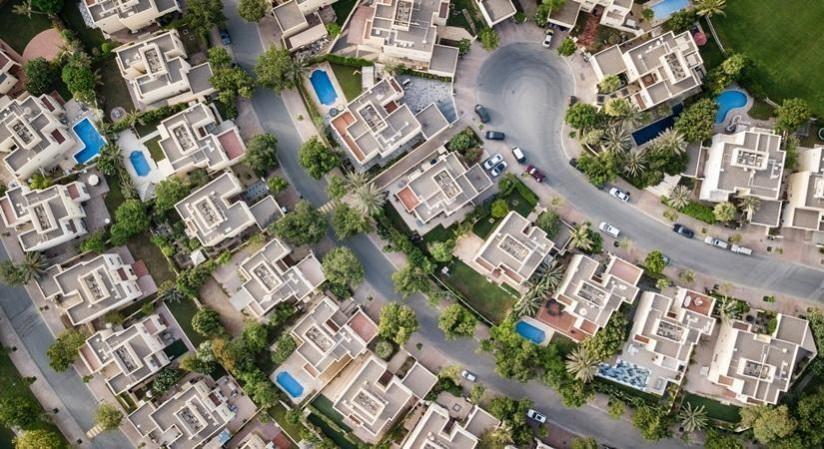India’s real estate sector to cross $4.8 trillion by 2047: Report

The Indian real estate sector is set to cross $4.8 trillion in market size by 2047, contributing over 18 per cent to the projected $26 trillion GDP target for the year, according to a joint report by real estate body CREDAI and Ernst & Young released on Tuesday.
The report expects PropTech to grow at a sustained rate to touch $600 billion in market size by 2047, comprising approximately 12-13 per cent of the entire real estate industry. The study backs the ongoing and projected technological revolution in real estate, given that currently, PropTech makes up less than 5 per cent of the $300 billion real estate sector.
The report highlights how innovations like Artificial Intelligence (AI), the Internet of Things (IoT), and Building Information Modelling (BIM) are revolutionising operations, enhancing efficiency, and ensuring transparency across the real estate value chain. This transformation supports India’s projected $26 trillion GDP by 2047, with the real estate sector projected to contribute over 18 per cent, up from its current 7 per cent share of the GDP.
Employing over 77 million people – approximately 14-15 per cent of India’s entire workforce – India’s real estate sector has consistently been a key economic pillar and is set to grow in prominence over the next decade, the report states.

Macro-level Infrastructure initiatives, including the National Infrastructure Pipeline (NIP) and PM Gati Shakti, are closely linked to this growth. The NIP aims for targeted investments of $1.4 trillion over the next decade in transport, energy, communication and social infrastructure. These projects, spanning roads, railways, airports, and ports, are unlocking opportunities in adjacent real estate markets, according to the report.
Tier II & III cities such as Indore, Surat, Jaipur, Chandigarh, Salem, Bhopal, Visakhapatnam, and Agra amongst others are emerging as the new real estate investment hubs and are expected to grow fuelled by various factors, initiatives and demand. Additionally, India’s young population and expanding middle class, projected to surpass one billion by 2047, are set to propel discretionary spending, housing demand, and real estate investments, the report adds.
The CREDAI (The Confederation of Real Estate Developers’ Associations of India) also seeks various incentives from the government.
These include the grant of Industry status to the real estate sector in order to facilitate easier access to institutional financing and lower borrowing costs for developers, and redefining affordable housing by increasing the threshold sale value to Rs 90 lakh from Rs 45 lakh at present.
The report also states that ensuring the availability of land through effective zoning and streamlined land acquisition policies is critical for sustainable urbanization. CREDAI advocates for the development of planned satellite towns near major urban agglomerations, which would decongest metros and foster balanced regional development.
Besides, the report is of the view that developers should be offered the option to choose a GST scheme at the beginning for each project, both residential and commercial, to avail of the input tax credit.
(With inputs from IANS)